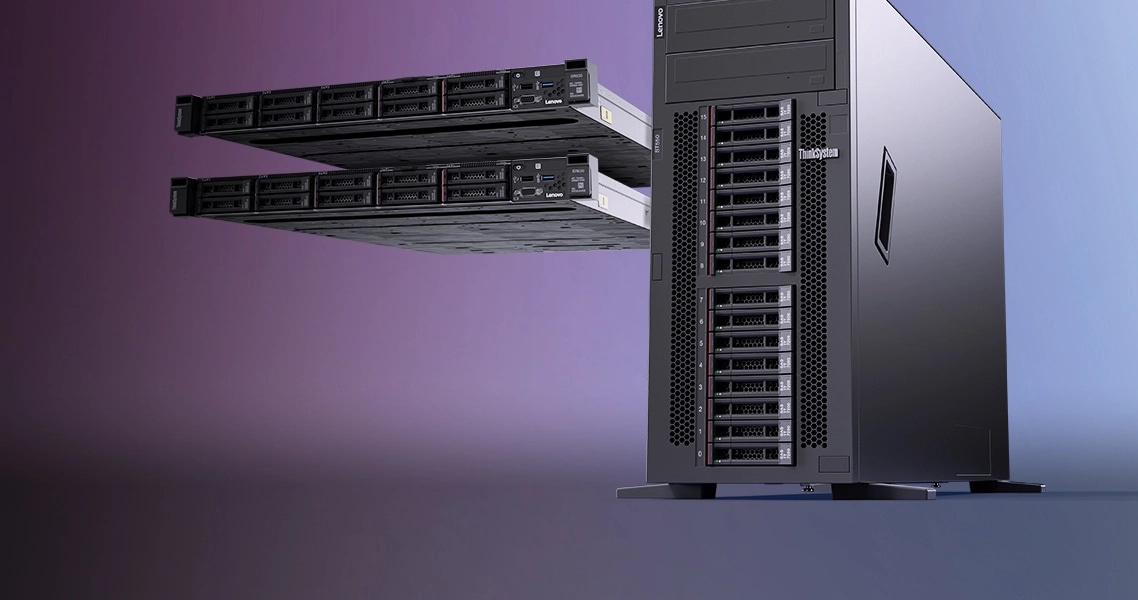Cloud-based computing refers to the delivery of different kinds of computing services through the Internet. This method is fundamentally transforming the IT industry and how businesses design cloud computing and manage their technological infrastructure. Here are four ways cloud-based computing is transforming the IT business landscape:
#1. Virtualization and Hypervisors
Cloud computing solutions highly impact radical technologies like virtualization and hypervisors. These prominent technologies result in huge shifts in the IT industry. These technologies are essential to the development of cloud services and the transformation of IT procedures.
Virtualization
Virtualization is the process of converting physical computing resources like servers, storage, or networks into virtual ones. With this technology, a single physical server can host numerous virtual instances, also known as virtual machines (VMs).
- Resource Optimization: Virtualization enables numerous VMs to run on a single physical server. It helps maximize resource efficiency so that fewer actual servers are required. It helps in saving money and facilitating effective resource management.
- Isolation: VMs are segregated from one another, which is why they offer a safe environment to run programs. This isolation in a cloud environment ensures that the workloads of various tenants remain distinct. It results in improved security and privacy.
Hypervisors
Hypervisors are the platforms that construct and maintain virtual machines (VMs). This platform enables numerous virtual machines to run on a single physical server by abstracting the underlying hardware and allocating computational resources to VMs.
- Live Migration: Hypervisors highly support live migration. It enables the instantaneous transfer of virtual machines (VMs) from one physical server to another. This is crucial for load balancing, hardware upkeep, and guaranteeing high availability in cloud environments.
- Snapshot and Backup: Businesses can make point-in-time copies of VMs due to the snapshot and backup functionality that hypervisors provide. This guarantees data resilience and disaster recovery capabilities in cloud environments.
#2. Containerization and Kubernetes
Containerization and Kubernetes are two key technologies that influence the IT business landscape. These technologies provide scalability, efficiency, and agility that are ideal for the cloud-driven paradigm.
Containerization
Through the process of containerization, applications, and their dependencies are packaged and distributed as small, independent units known as containers.
- Portability: Applications and all of their dependencies are encapsulated in very portable containers. This implies that a containerized application can function reliably on infrastructure on-premises and in a variety of clouds. This portability promotes flexibility and decreases vendor lock-in.
- Resource Efficiency: Containers share the kernel of the host operating system. It greatly increases their resource efficiency. This improves resource usage and lowers costs in cloud environments by allowing many containers to run on a single virtual machine or physical server.
Kubernetes
Kubernetes is an open-source framework for container orchestration. It is used to automatically deploy, scale, and manage containerized applications.
- Automation: Several elements of container management are automated by Kubernetes. It includes deployment, scalability, and self-healing. This implies that companies can effectively manage massive containerized apps in cloud settings without manual intervention.
- Cross-Cloud Compatibility: Businesses can escape vendor lock-in because of cloud neutrality and run on a variety of cloud providers. This mobility provides a high level of benefit when planning for disaster recovery and multi-cloud solutions.
#3. Software-Defined Networking (SDN)
Cloud-based computing has a big impact on software-defined networking (SDN). It is a key technology that has changed the IT business landscape. SDN structurally redefines network management by providing flexibility, agility, and cost-effectiveness.
- Centralized Network Control: SDN separates network control from the underlying infrastructure. This division enables centralized control handled by a controller or orchestration platform. This centralized control in cloud environments offers a uniform view and administration of network resources across many cloud instances, data centers, and geographical locations.
- Multi-Tenancy and Isolation: Cloud service providers use a common infrastructure to serve several users. The network isolation and partitioning made available by SDN allow for the security and segregation of each tenant's traffic.
#4. DevOps and Continuous Integration/Continuous Deployment (CI/CD)
Cloud computing has a significant impact on two crucial approaches namely DevOps and Continuous Integration/Continuous Deployment (CI/CD).
DevOps (development and operations)
DevOps is a technical and organizational strategy that integrates developing software with IT operations. The entire software development lifecycle must be mechanized and optimized from coding and testing to deployment and monitoring. Infrastructure is now available and expandable on demand, thanks to cloud platforms.
DevOps teams have the option of fast deployment to guarantee that new features and upgrades can be created, verified, and deployed in a shorter time than ever before. It allows them to provision development and testing environments.
Continuous Integration/Continuous Deployment (CI/CD)
The enhanced versions of DevOps techniques are CI and CD. This method automates the deployment process specifically. Continuous Deployment (CD) is used so that authorized changes are deployed to production. Secondly, it incorporates continuous integration (CI) that involves the continuous incorporation and testing of code modifications. Automated CI/CD pipelines are also very well supported in cloud systems. It ensures that code updates are consistently delivered and tested.
Conclusion
Cloud based computing's expertise in technology is drastically transforming the IT sector. It supports technologies like auto-scaling, virtualization, containerization, serverless computing, and SDN. Businesses can harness the power of the cloud to achieve agility, cost efficiency, and creativity.


No comments yet